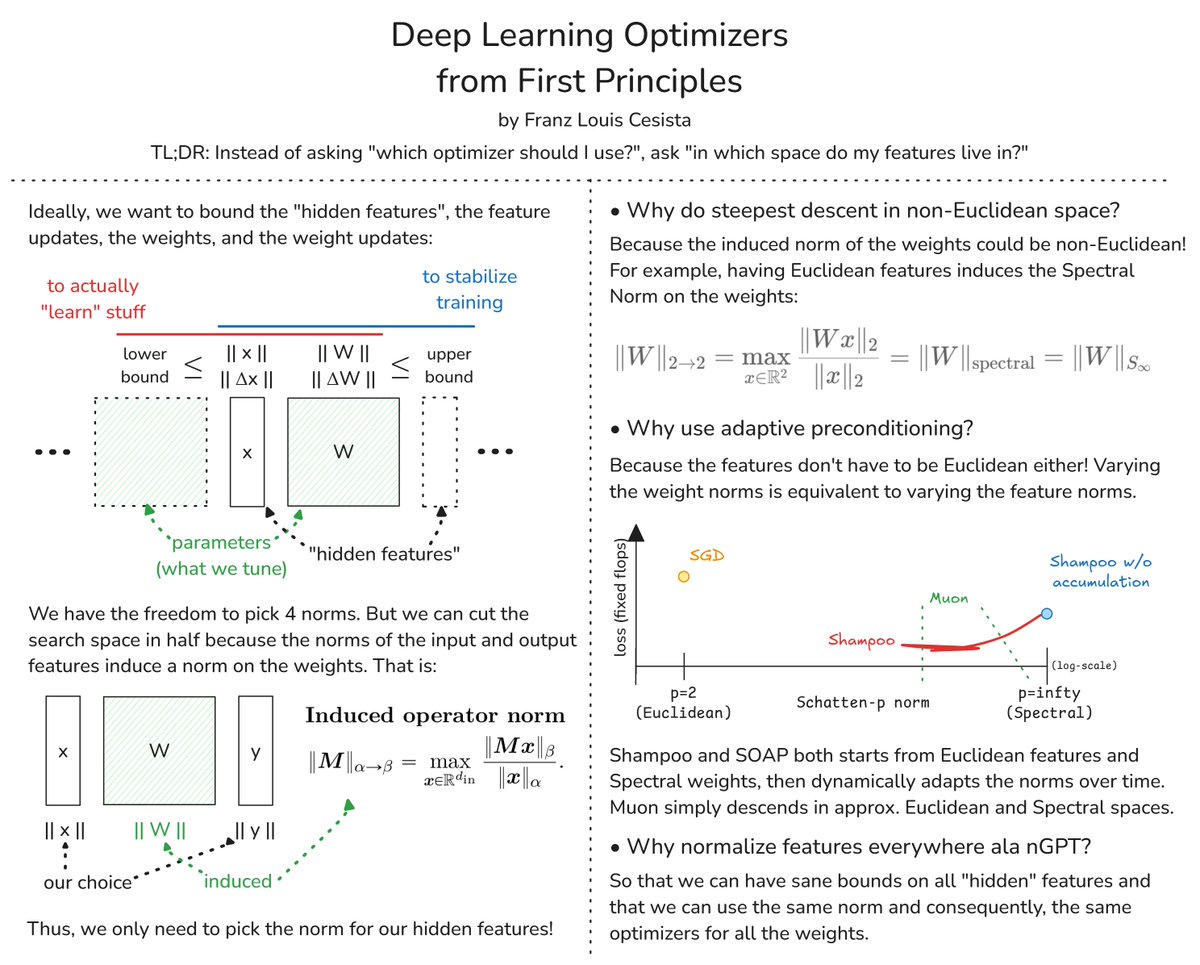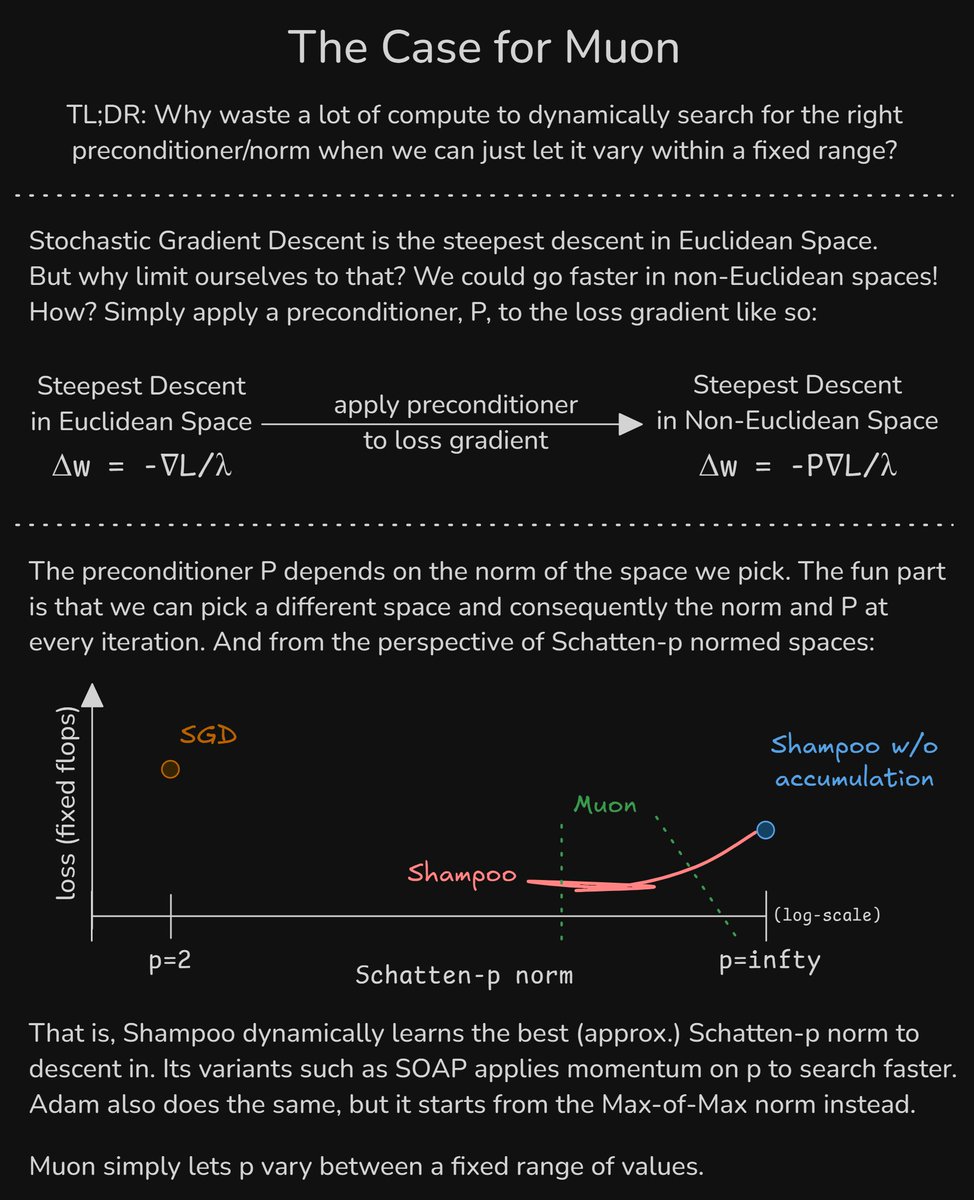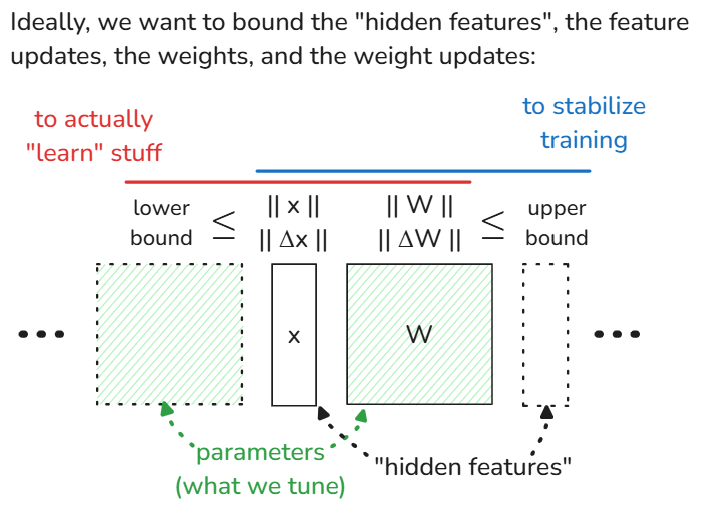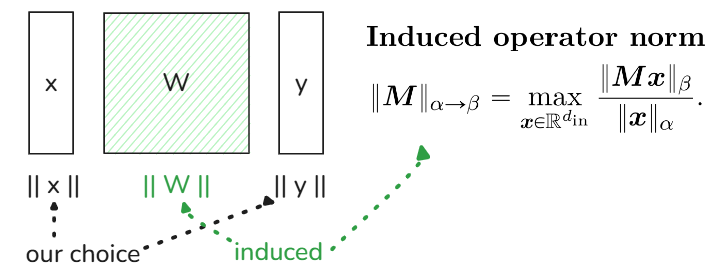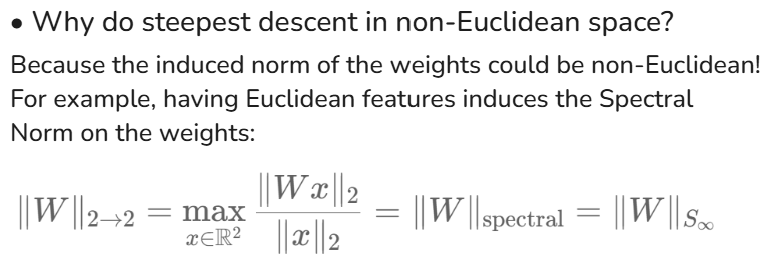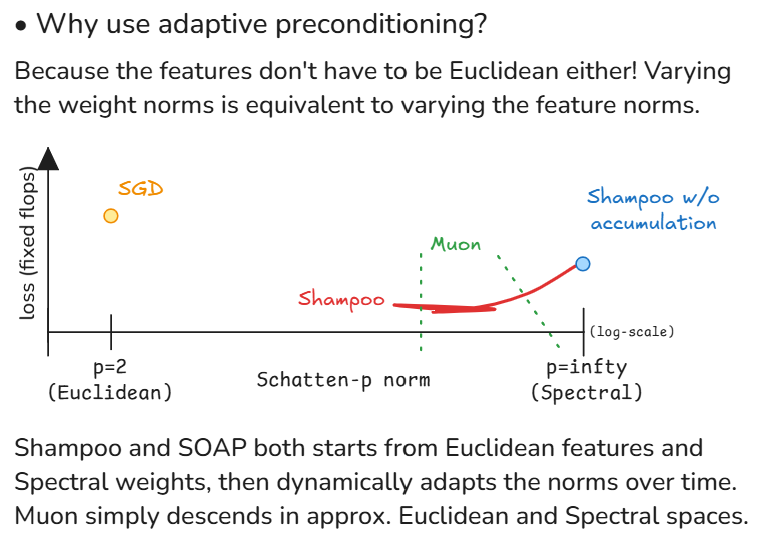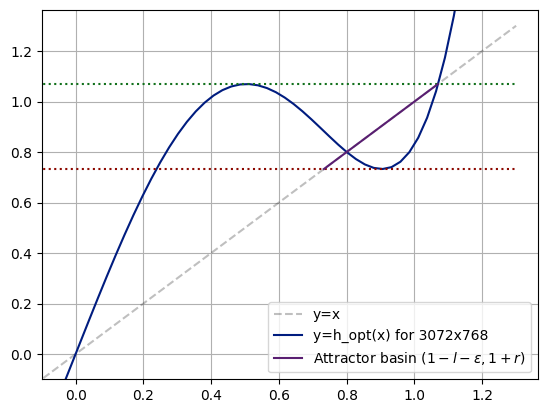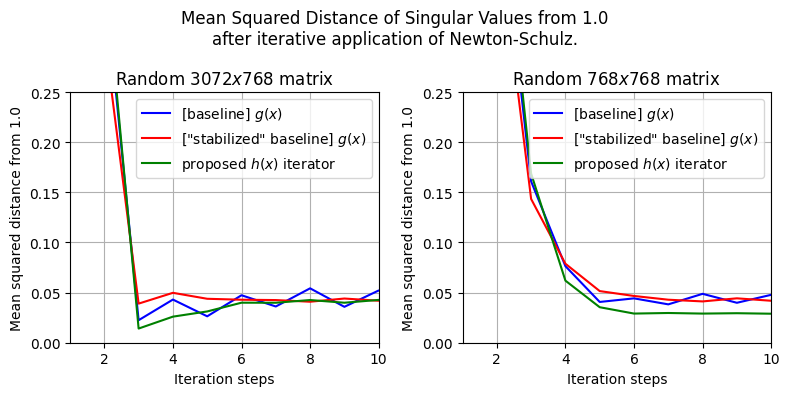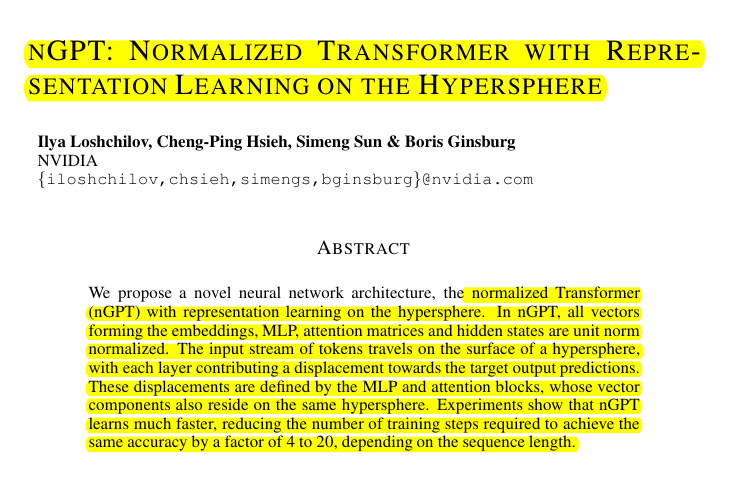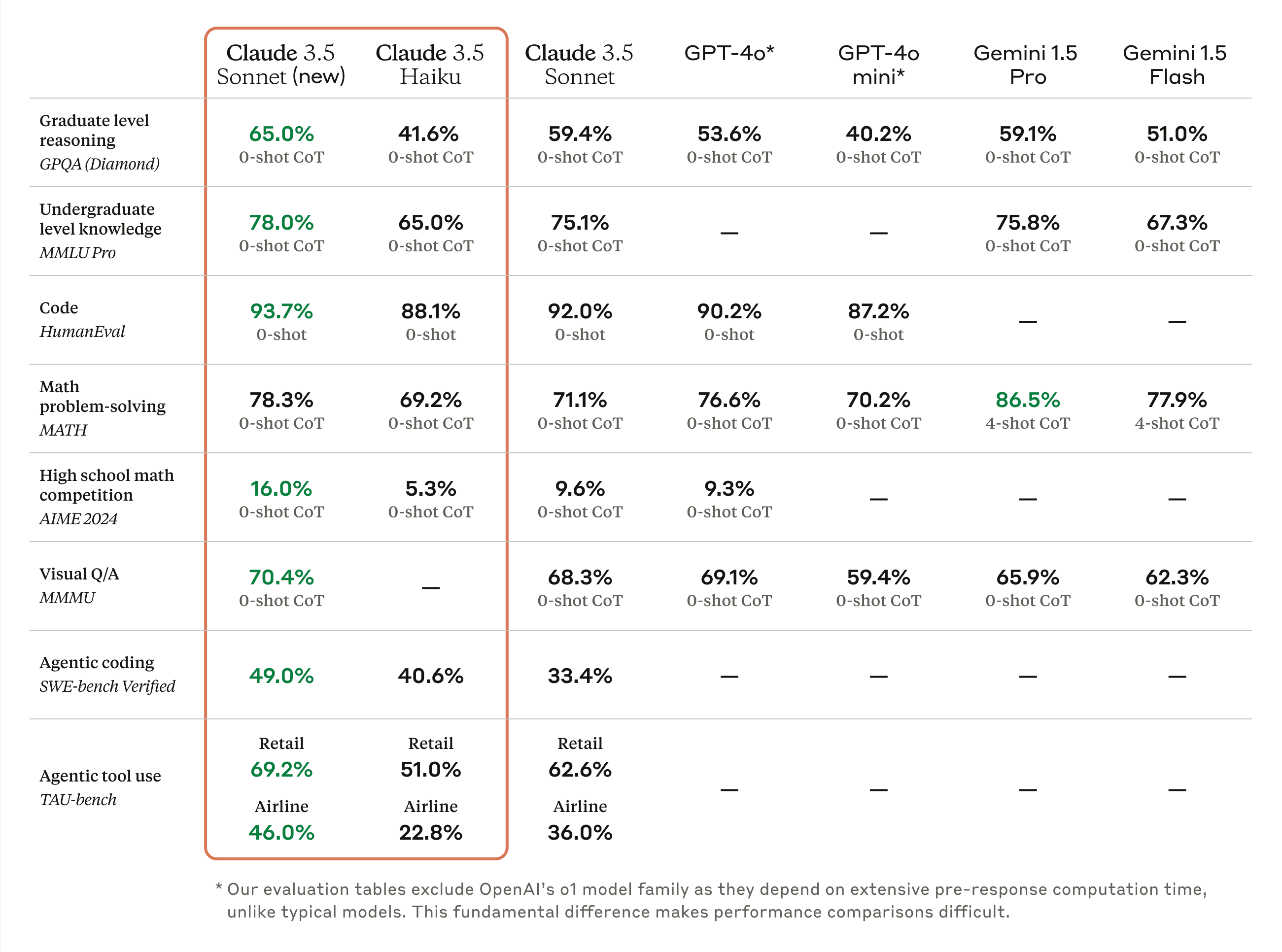1/12
@minchoi
HeyGen just dropped Avatar 3.0 with Unlimited Looks.
Now anyone can clone themselves with AI and unlock multiple poses, outfits, and camera angles.
Here's how:
https://video.twimg.com/ext_tw_video/1843391162154909696/pu/vid/avc1/1280x720/vjOC27CxtaYlcsNT.mp4
2/12
@minchoi
1/ Create your Avatar
- Go to HeyGen
- Click on Avatars then Create Avatar
- Follow the given step by step instructions
It's very important to follow the instructions on making a good video of yourself
https://video.twimg.com/ext_tw_video/1843391974348369920/pu/vid/avc1/1402x720/u1ApPmZvnF9nKIKv.mp4
3/12
@minchoi
2/ Create your Video
- Click Create Video
- Click Avatar Video
- Choose video orientation
- Select your Avatar (you can add more Scenes for different Looks)
- Add/Generate your script
- Then Click Submit
https://video.twimg.com/ext_tw_video/1843392144632889344/pu/vid/avc1/1402x720/xFXBfdxUpFtB66hu.mp4
4/12
@minchoi
3/ Wait for your Video to be generated
- Depending on the length of your video, it will take several minutes to process
- And you are done
https://video.twimg.com/ext_tw_video/1843392877172281344/pu/vid/avc1/1402x720/knyVqqheSTn9iaVk.mp4
5/12
@minchoi
Official video from @HeyGen_Official & @joshua_xu_
Unlock Unlimited looks, unlimited creativity at HeyGen - AI Video Generator
https://video.twimg.com/ext_tw_video/1841433281515892737/pu/vid/avc1/1920x1080/mzMZa8aPOgAp1Pm9.mp4
6/12
@minchoi
If you enjoyed this thread,
Follow me @minchoi and please Bookmark, Like, Comment & Repost the first Post below to share with your friends:
[Quoted tweet]
HeyGen just dropped Avatar 3.0 with Unlimited Looks.
Now anyone can clone themselves with AI and unlock multiple poses, outfits, and camera angles.
Here's how:
https://video.twimg.com/ext_tw_video/1843391162154909696/pu/vid/avc1/1280x720/vjOC27CxtaYlcsNT.mp4
7/12
@KanikaBK
Woah, awesome
8/12
@minchoi
Awesome indeed
9/12
@adolfoasorlin
This is amazing dude

10/12
@minchoi
Lip syncing on HeyGen is another level
11/12
@mhdfaran
With all these unlimited looks and poses, I bet social media influencers are already gearing up to flood our feeds with even more content.
12/12
@minchoi
Genuine human content will become more important than ever
To post tweets in this format, more info here: https://www.thecoli.com/threads/tips-and-tricks-for-posting-the-coli-megathread.984734/post-52211196
@minchoi
HeyGen just dropped Avatar 3.0 with Unlimited Looks.
Now anyone can clone themselves with AI and unlock multiple poses, outfits, and camera angles.
Here's how:
https://video.twimg.com/ext_tw_video/1843391162154909696/pu/vid/avc1/1280x720/vjOC27CxtaYlcsNT.mp4
2/12
@minchoi
1/ Create your Avatar
- Go to HeyGen
- Click on Avatars then Create Avatar
- Follow the given step by step instructions
It's very important to follow the instructions on making a good video of yourself
https://video.twimg.com/ext_tw_video/1843391974348369920/pu/vid/avc1/1402x720/u1ApPmZvnF9nKIKv.mp4
3/12
@minchoi
2/ Create your Video
- Click Create Video
- Click Avatar Video
- Choose video orientation
- Select your Avatar (you can add more Scenes for different Looks)
- Add/Generate your script
- Then Click Submit
https://video.twimg.com/ext_tw_video/1843392144632889344/pu/vid/avc1/1402x720/xFXBfdxUpFtB66hu.mp4
4/12
@minchoi
3/ Wait for your Video to be generated
- Depending on the length of your video, it will take several minutes to process
- And you are done
https://video.twimg.com/ext_tw_video/1843392877172281344/pu/vid/avc1/1402x720/knyVqqheSTn9iaVk.mp4
5/12
@minchoi
Official video from @HeyGen_Official & @joshua_xu_
Unlock Unlimited looks, unlimited creativity at HeyGen - AI Video Generator
https://video.twimg.com/ext_tw_video/1841433281515892737/pu/vid/avc1/1920x1080/mzMZa8aPOgAp1Pm9.mp4
6/12
@minchoi
If you enjoyed this thread,
Follow me @minchoi and please Bookmark, Like, Comment & Repost the first Post below to share with your friends:
[Quoted tweet]
HeyGen just dropped Avatar 3.0 with Unlimited Looks.
Now anyone can clone themselves with AI and unlock multiple poses, outfits, and camera angles.
Here's how:
https://video.twimg.com/ext_tw_video/1843391162154909696/pu/vid/avc1/1280x720/vjOC27CxtaYlcsNT.mp4
7/12
@KanikaBK
Woah, awesome
8/12
@minchoi
Awesome indeed
9/12
@adolfoasorlin
This is amazing dude
10/12
@minchoi
Lip syncing on HeyGen is another level
11/12
@mhdfaran
With all these unlimited looks and poses, I bet social media influencers are already gearing up to flood our feeds with even more content.
12/12
@minchoi
Genuine human content will become more important than ever
To post tweets in this format, more info here: https://www.thecoli.com/threads/tips-and-tricks-for-posting-the-coli-megathread.984734/post-52211196

Create Realistic AI Video Avatars in Minutes | HeyGen
Produce lifelike AI video avatars 4 times faster with 60% higher performance. Choose from 1,000+ avatar styles for training, marketing, and global outreach.
